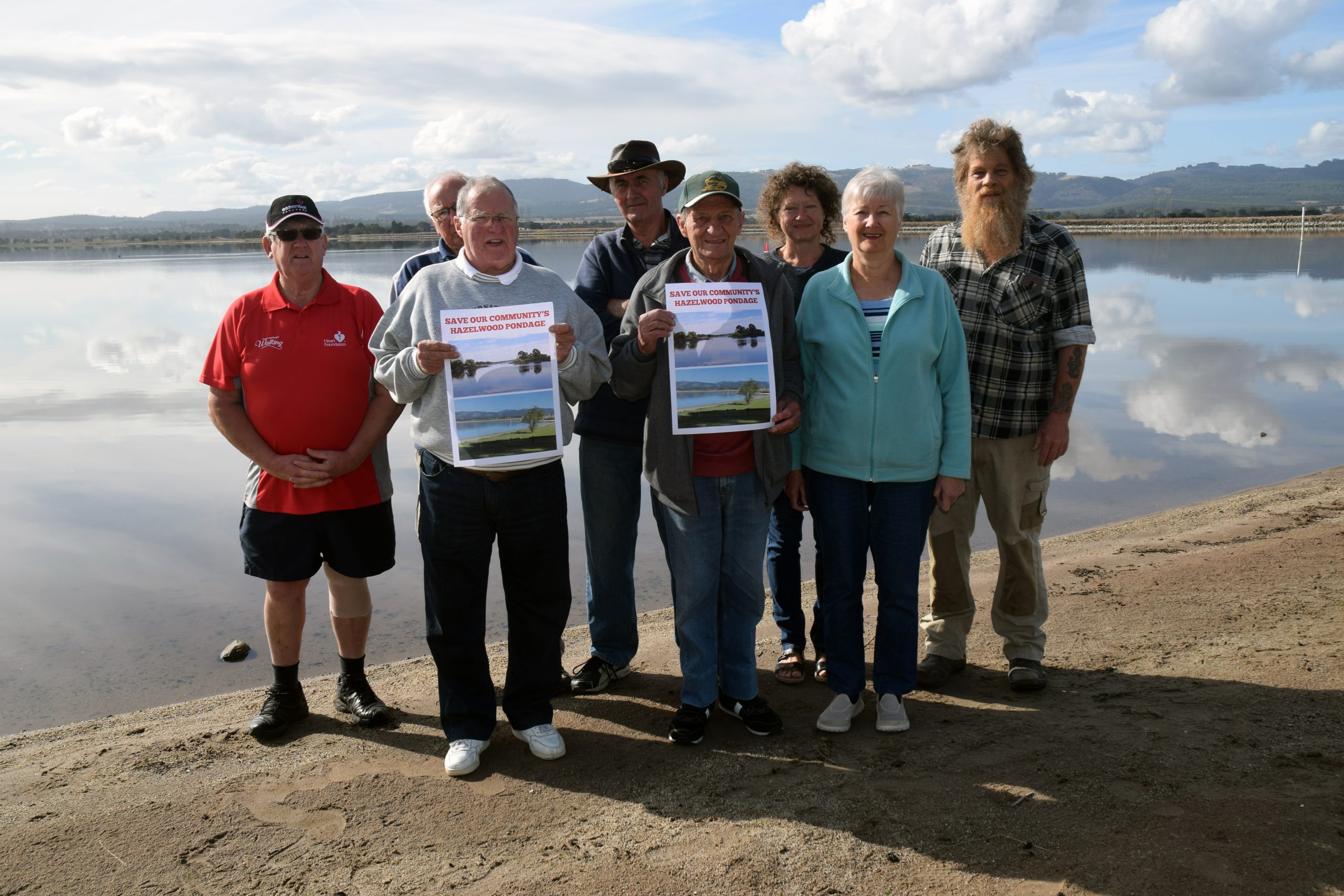By ZAIDA GLIBANOVIC
ANOTHER serious incident at the notorious railway crossing intersection in Moe has sparked outrage.
On Friday, December 6, emergency service crews were called to the intersection of Lloyd Street and Waterloo Road in Moe after reports of a vehicle incident on the train tracks.
The Nationals Member for Morwell, Martin Cameron, has urged the state government to fast-track long-promised safety works.
The notoriously dangerous level crossing was identified as a hazard where trucks, buses and cars queue and short-stack frequently, and accidents are now an all too common occurrence.
“The level crossing at Lloyd Street and Waterloo Road in Moe has been a cause of concern for too long now, and the most recent accident is further evidence that safety upgrades must be fast-tracked as a matter of urgency,” Mr Cameron said.
Regional Roads Victoria’s research into the intersection found that 15 serious crashes occurred between 2010 and 2020.
With about 13,500 vehicles crossing the tracks daily and big travel delays, locals might consider this Moe’s biggest road issue even more so than the infamous bridge roundabout.
Today, drivers experience great traffic congestion, with an average wait time during peak times of 21.4 seconds.
The intersection was earmarked for safety works three years ago, but road users and residents in Moe are still waiting for the much-needed upgrades to begin.
Mr Cameron urged the state government to prioritise the upgrades in Moe.
“Billions of dollars continue to be spent on blowout projects like the Suburban Rail Loop and level crossing removals in metropolitan Melbourne, while regional Victorians are left to traverse dangerous roads and level crossings that have been left to rot,” he said.
“At a time when our roads are falling apart and in need of significant investment, we instead have roads maintenance allocation that is at a lower level than it was in 2014/15, and down a whopping 45 per cent on what it was in 2020.
“If Labor can remove 75 level crossings in Melbourne in four years, surely it can extend the same courtesy to the people of Moe who have been waiting for critical safety upgrades for three years.”
In response, the Minister for Roads and Road Safety, Melissa Horne said the “important” safety upgrades were subject to a review as the project fell under the National Infrastructure Investment Program.
The Minister has since confirmed the independent review is complete and works at the Lloyd Street and Waterloo Road intersection are expected to start in mid-2024.
Mr Cameron said the intersection has caused short-stacking and far too many accidents, and Moe residents have rightly been calling for works since they were promised three years ago.
“While it’s disappointing the safety upgrades aren’t happening immediately, as they should be, I am pleased the Labor Government has committed to beginning works in mid-2024,” he said.
“Labor has removed 75 level crossings across Melbourne in four years, so I would hope this dangerous intersection in Moe is on the top of its to-do list in the new year.”
The state government’s proposed safety upgrades will include:
– A redesign of the intersection surrounding the level crossing to improve traffic flow and safety and associated works, and;
– Changing how the intersection operates to improve safety and efficiency.
Drivers travelling east on Lloyd Street or west on Waterloo Road will have right of way through the intersection to prevent vehicles queuing across the rail crossing.
The proposed design aims to save drivers seven seconds when driving through the intersection during peak times, with a predicted average wait of 14.4 seconds.
When comparing the proposed design to traffic lights, the proposed design is an average of 20.27 seconds faster for drivers travelling through the intersection, and up to 44.2 seconds faster during peak times.
The right turning lane from the level crossing site onto Lloyd Street is the most problematic, particularly after a train has just passed. On average, drivers typically wait 30 seconds before this manoeuvre can be performed safely, but can wait up to two minutes.











